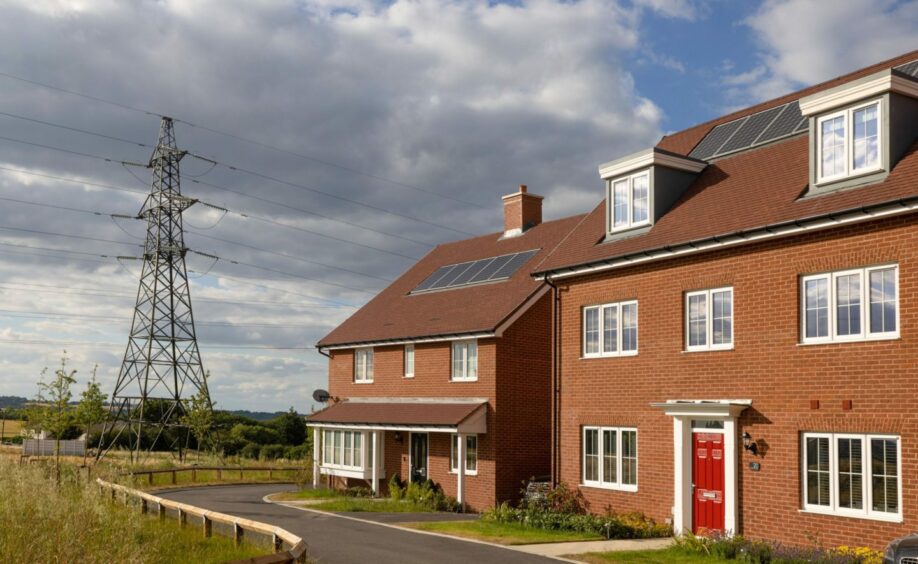
Shadow energy secretary Douglas Lumsden claims Scottish ministers have failed to meet with concerned citizens regarding the proposed Kintore to Tealing power line.
However, a Scottish Government spokesperson told Energy Voice that a consenting application has not yet been submitted by SSEN Transmission.
A Scottish Government spokesperson said: “When an application is received, a ful public consultation is carried out, and Scottish Ministers invite representations from members of the public and consult the appropriate community councils, alongside other public bodies.”
SSEN Transmission plans to build a 400kV power line from Kintore to Tealing, which is part of the firm’s planned upgrades to the electricity transmission network across Argyll and Kintyre from 132kV to 275kV.
Lumsden lambasted acting cabinet secretary for net zero and energy Gillian Martin for not engaging with locals and “hiding behind her job title”.
Last Year first minister John Swinney said that he was “sure ministers would be happy to meet campaigners,” however, he explained that politicians would need to observe the ministerial code when engaging in projects that the Scottish Government is assessing.
Lumsden added: “The ministerial code means she [Gillian Martin] would be careful about engagement – not running away from it.”
Lumsden objects to SSEN’s ‘unvarnished plan’
SSEN Transmission refined the planning route for the project in August last year.
The paths for six sections of the power line were debated in a series of consultations with local communities and stakeholders between March and April 2024.
A company spokesperson explained: “We have consulted extensively with local communities in relation to the Kintore to Tealing project, resulting in significant changes to our proposals, including alternative overhead line routes and the relocation of the previously proposed new substation at Fiddes to a new proposed site in Fetteresso Forest.”
However, chairman of anti-pylon group Deeside Against Pylons John Rahtz said at the time: “My concerns are about the basic technical solution they’ve chosen, as opposed to just the route.”
He argued that there are no refinements to the overhead design chosen by SSEN Transmission that will reduce its impact.
This is also a concern raised by Lumsden as he argued for transmission lines to be buried or located offshore.
He said: “It is now much easier and less expensive to underground lines or have them out at sea. That should be part of the offer on the table from SSEN.
“But these communities feel as if the original, unvarnished plan is being railroaded through.”
However, the choice to offshore transmission cables or bury them comes with its own issues.
SSEN said: “Our extensive consultation with communities comes as part of a £20bn+ investment to upgrade the electricity network across the north of Scotland, a substantial part of which is in subsea transmission links such as Eastern Green Link 2.
“However, technical challenges and geographical constraints limit the use of only offshore or underground solutions, while the high cost of this technology – underground cables at 400kV are estimated to be between 5 and 10 times more expensive than overhead lines – must be considered to limit the cost to energy bill payers.
“Overhead lines can carry substantially more power than subsea or underground cables, with onshore reinforcements supporting the Scottish Government’s target of achieving an additional 8-12GW of onshore wind by 2030, while helping meet local electricity needs and improving network reliability.”
Eastern Green Link 2 is a 2GW high voltage direct current power line that is set to connect Peterhead in Scotland to Drax in England.
The £4.3bn project is being undertaken by National Grid and SSEN Transmission. The pair broke ground on the Eastern Green Link 2 (EGL2) subsea transmission cable in September.
UK pylon plans
A Scottish Government spokesperson explained that when an application is submitted by SSEN it will follow proper procedure and engage with locals.
“Potential impacts on communities, nature, and cultural heritage, including the cumulative effects of developments, are important considerations in the decision-making process.”
Lumsden joins a list of Tory politicians to object to the power line project as last year Andrew Bowie, Scottish Conservative MP for West Aberdeenshire and Kincardine, stood in opposition to SSEN’s plans.
Bowie said in October: “We want the NESO to spend the next year planning out how it could use underground cables, and undersea where appropriate, without using pylons.
“No doubt there will be physical challenges to that in some areas, but it will be substantially cheaper for the government in the longer term.
“It will also address many of the concerns in my constituency and indeed across Scotland, that the race to net zero will mean an unjust transition for those who would pay the ultimate price for giant pylons being dumped in their garden or field.”
SSEN, which is 75% owned by listed energy firm SSE (LON:SSE) has confirmed plans to invest at least £22 billion in “mission critical” grid infrastructure in Scotland by 2031. The firm said the expansion is required to meet the UK Government’s “clean power by 2030” ambitions.
Plans to build thousands of new pylons in rural areas to meet Government targets are sparking backlash in communities across the UK.
In England and Wales, energy secretary Ed Miliband has vowed to “take on the blockers, the delayers, the obstructionists” to the proposed rollout of new pylons, wind turbines and solar panels.
In a clean power “action plan” published in November, the UK’s National Energy System Operator (NESO) urged both governments to speed up planning decisions in order to build more renewables.
NESO noted that the Scottish Government’s energy strategy and just transition plan “does not go into details of the planning and consenting changes required” to deliver its aims but said “it is clear that close collaboration between the UK and devolved governments will be needed”.
How locals can voice their concerns now
Lumsden pointed to 22 separate groups that Gillian Martin is yet to meet with, however, as the government is yet to receive an application this is not unusual.
There has been no shortage of rural objection to overhead powerlines as locals object to how pylons will disrupt local landscapes.
Campaigner Rhaltz previously said: “The prime objection is the visual impact, and the mess it makes of the environment. SSEN should have considered a different form of technology, which is perfectly viable everywhere else in the world.”
The Scottish Government spokesperson explained that the best way for concerned citizens to share their objections before an application is submitted is to contact the firm behind the project.
“The most appropriate way for members of the public and communities potentially affected to make their views known at this stage is to engage directly with SSEN who are responsible for developing their proposals before submitting an application,” the spokesperson commented.
The firm said that it has invited “300,000 people” to consultation events as part of its Pathway to 2030 programme. This has encompassed “220 events and public meetings attended by more than 10,000 people,” a spokesperson commented.
“As part of this, we have received and analysed over 12,000 written responses in what we believe is one of the biggest ever such listening exercises across the north and northeast of Scotland,” the firm added.
“This engagement is ongoing, with our most recently held public engagement events seeking views on potential overhead line alignments including community and landowner proposals around Careston, Drumoak and Echt.”
Late last year SSEN laid out plans to build more than 1,000 homes in the North of Scotland while at a Housing Challenge Summit in Aviemore.
The energy firm aims to deliver 400 homes in the Highlands and a further 400 in Aberdeenshire to deal with housing shortages as the regions ramp up industrial development.
Recommended for you


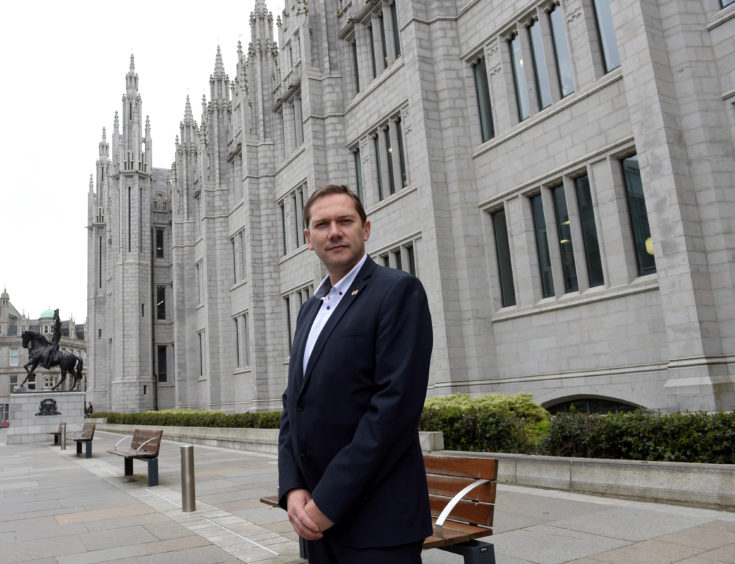 © DCT
© DCT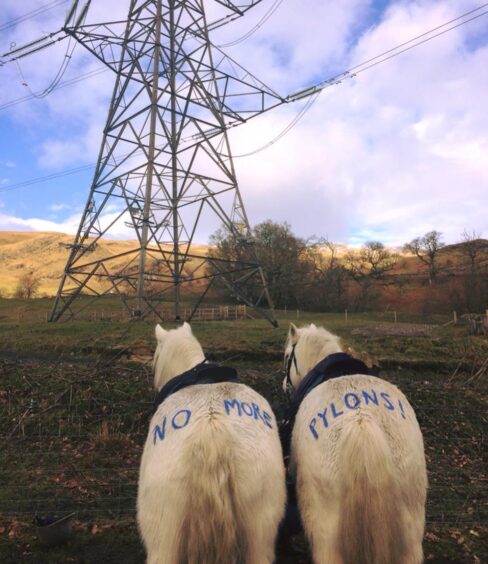 © Supplied by No More Pylons in Dalmally
© Supplied by No More Pylons in Dalmally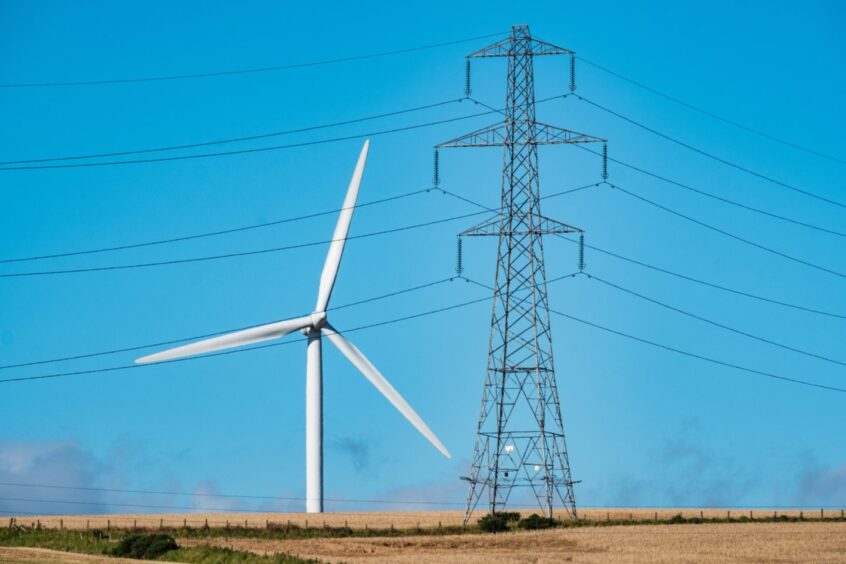 © Supplied by SSEN Transmission
© Supplied by SSEN Transmission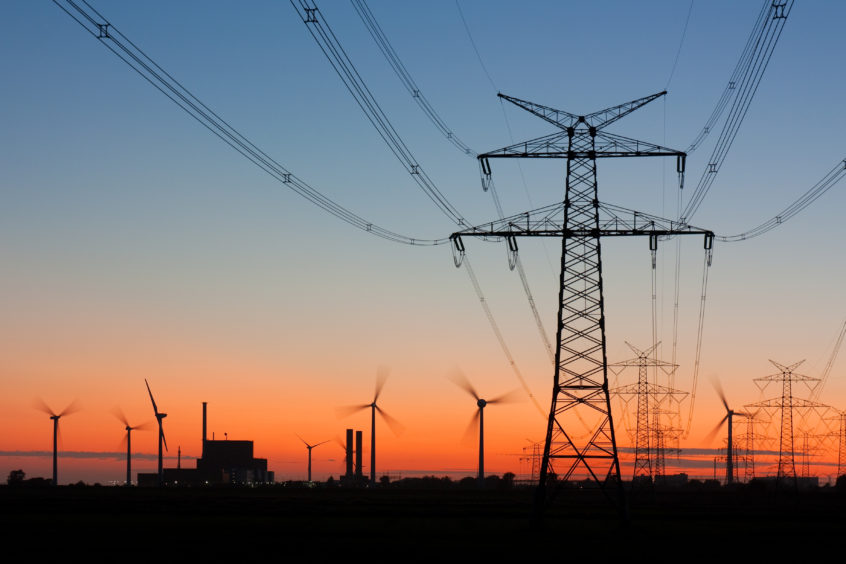 © Shutterstock
© Shutterstock